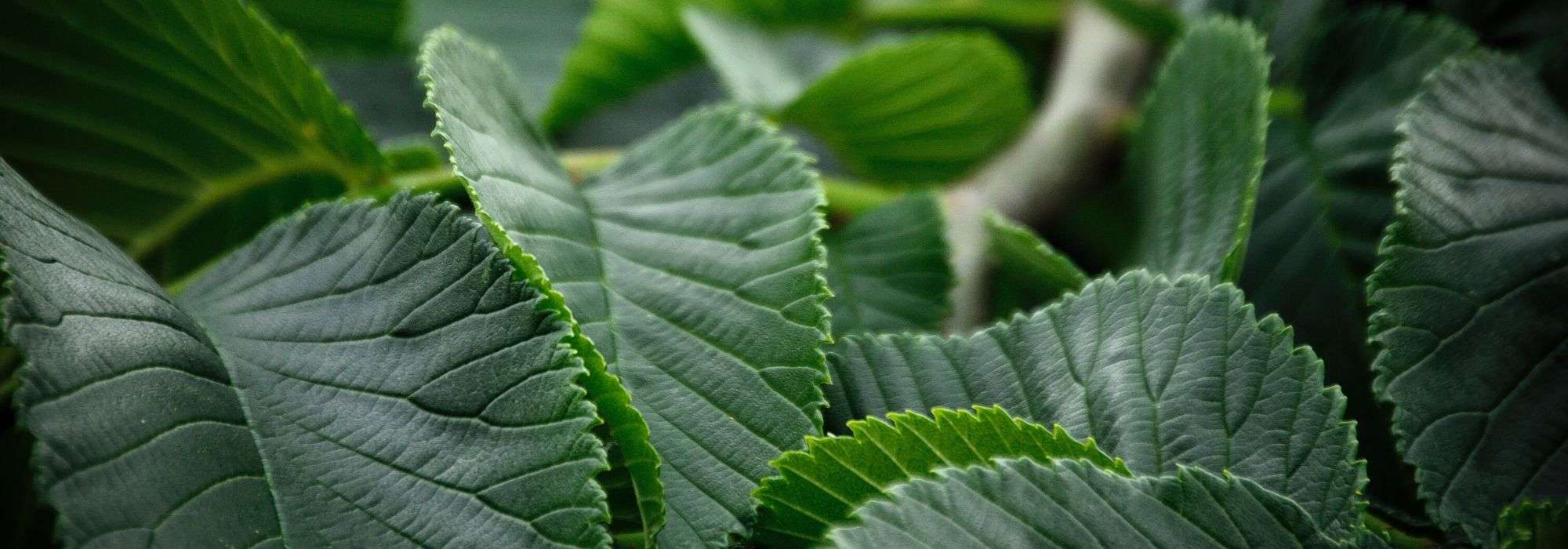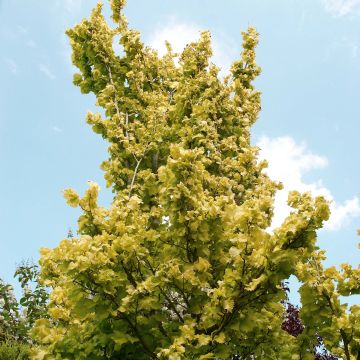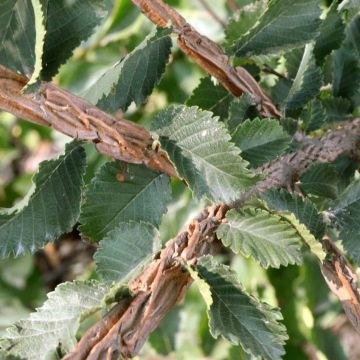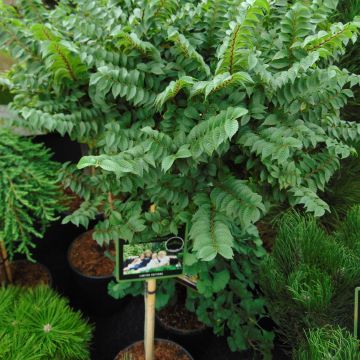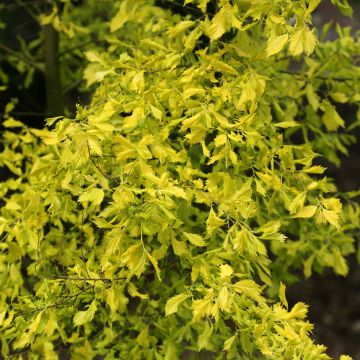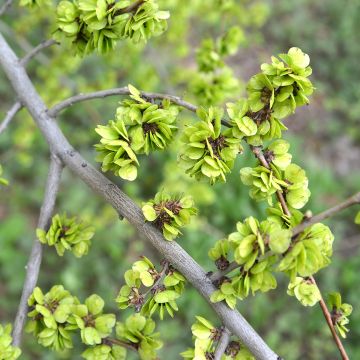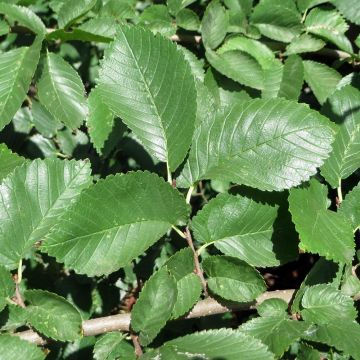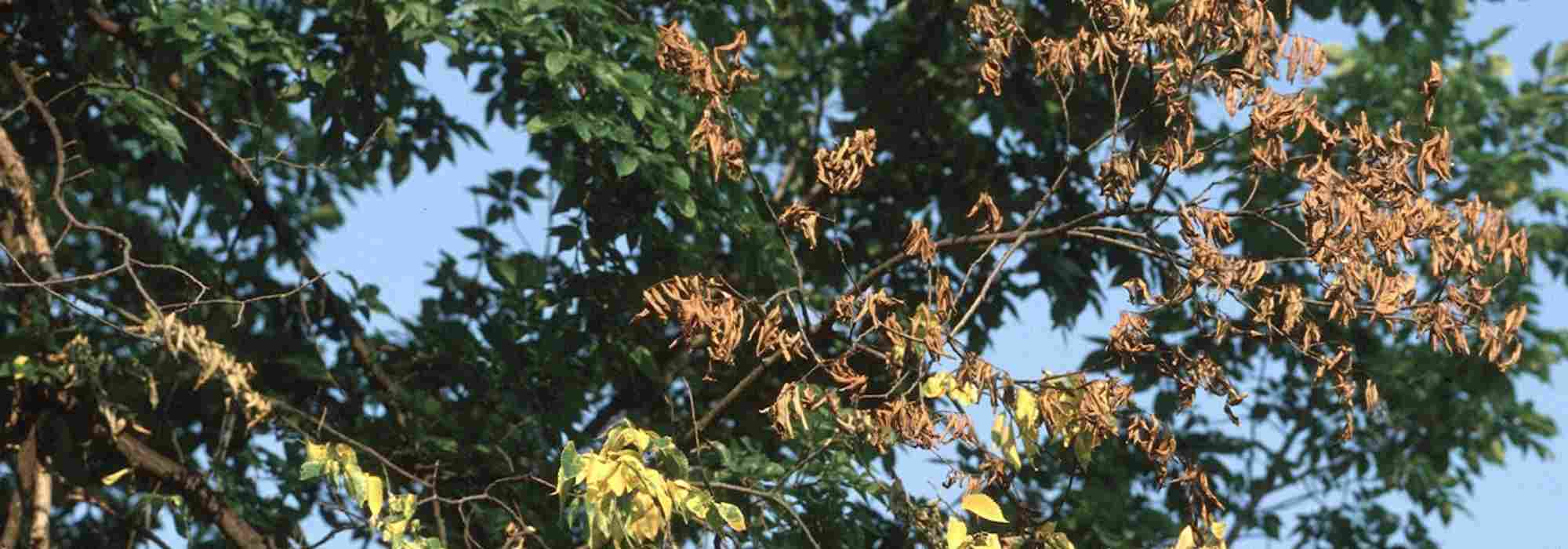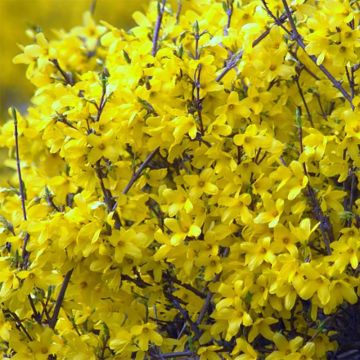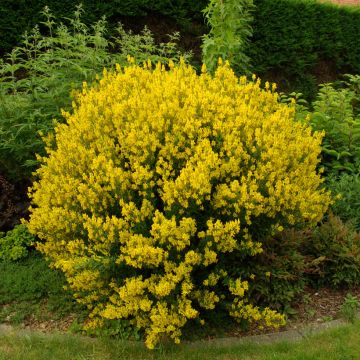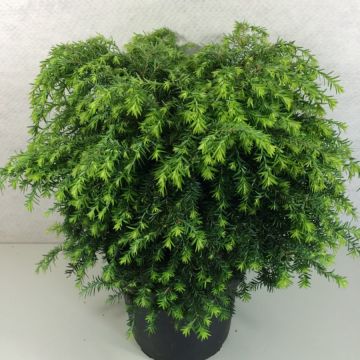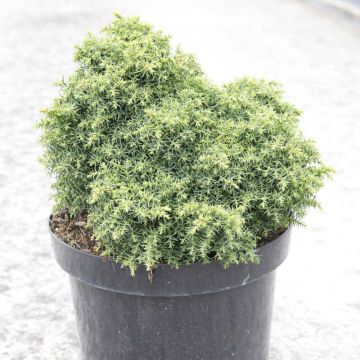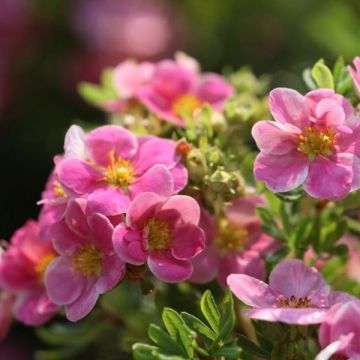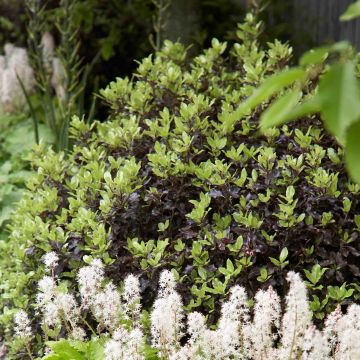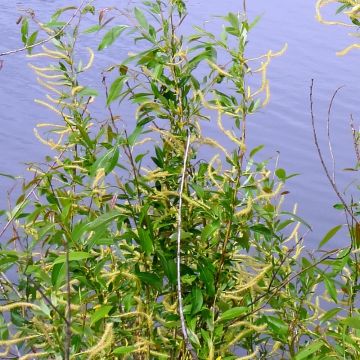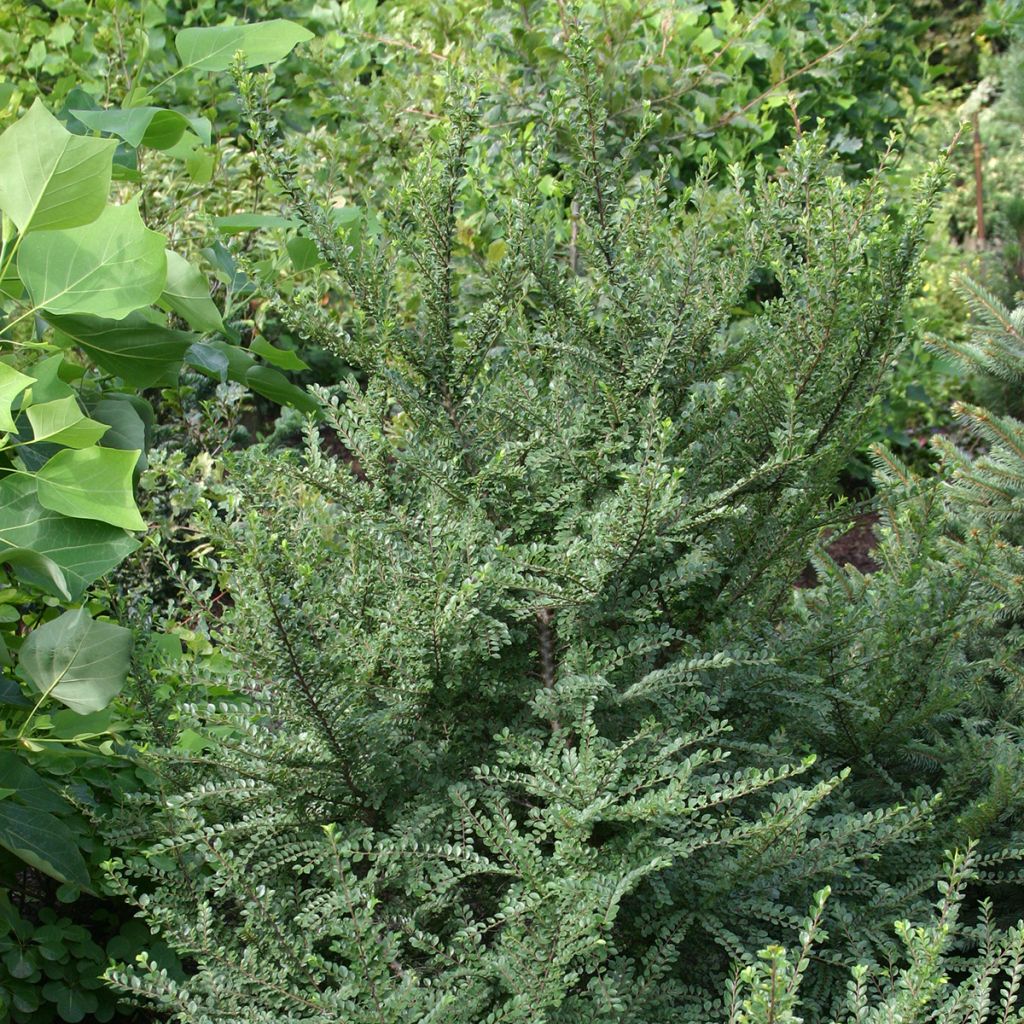

Ulmus parvifolia Seijuv
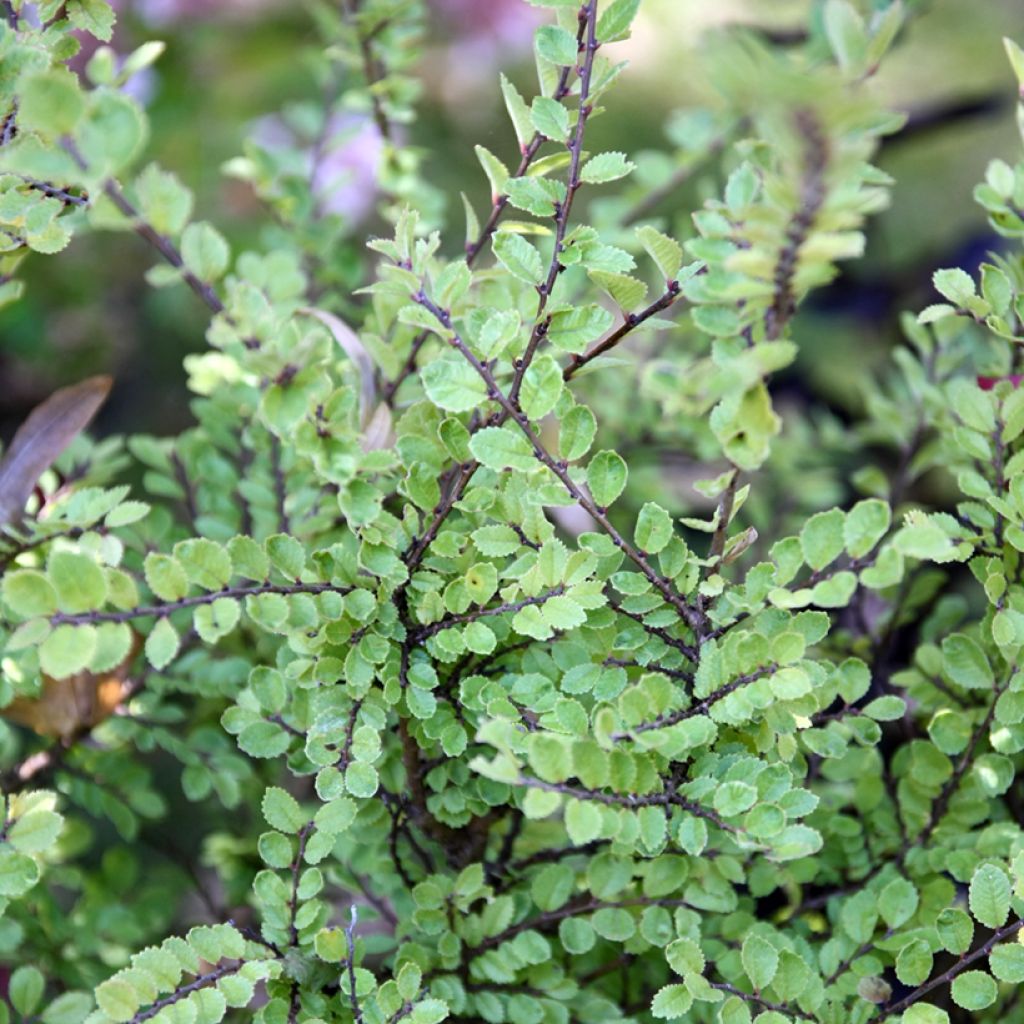

Ulmus parvifolia Seijuv
Ulmus parvifolia Seijuv
Ulmus parvifolia Seiju
Chinese Elm
Special offer!
Receive a €20 voucher for any order over €90 (excluding delivery costs, credit notes, and plastic-free options)!
1- Add your favorite plants to your cart.
2- Once you have reached €90, confirm your order (you can even choose the delivery date!).
3- As soon as your order is shipped, you will receive an email containing your voucher code, valid for 3 months (90 days).
Your voucher is unique and can only be used once, for any order with a minimum value of €20, excluding delivery costs.
Can be combined with other current offers, non-divisible and non-refundable.
Home or relay delivery (depending on size and destination)
Schedule delivery date,
and select date in basket
This plant carries a 24 months recovery warranty
More information
We guarantee the quality of our plants for a full growing cycle, and will replace at our expense any plant that fails to recover under normal climatic and planting conditions.
Would this plant suit my garden?
Set up your Plantfit profile →
Description
The Ulmus parvifolia 'Seiju' is a dwarf variety of Chinese elm with bonsai-like features, perfectly suited for small spaces and container gardening, especially on an urban patio. This small deciduous tree captivates with its irregular globular habit, bark, and well-furnished small leaves that change colour in autumn. Quite resistant to Dutch elm disease, it can be easily grown in any well-drained soil, even slightly chalky and dry.
The Ulmus parvifolia 'Seiju', discovered in 1975, originated from a spontaneous mutation of a branch from the 'Hokkaido' variety, differing from it by having larger leaves. This small tree belongs, like all elms, to the Ulmaceae family. The typical species, Ulmus parvifolia or U. chinensis, is native to Asia, particularly Japan and China. It is an elm appreciated for its adaptability, ease of cultivation, and resistance to pollution, heat, diseases, and pests. Inexperienced bonsai enthusiasts often choose it as a starter tree, provided it can be protected from severe winter frosts.
The Ulmus parvifolia 'Seiju' demonstrates slow growth, rarely exceeding 2.50 m (8ft) in height and 3 m (10ft) in width at maturity. It has a more or less wide habit, with a slightly irregular, rounded, or even slightly spreading crown. It forms one or several short trunks with highly branched branches. Its bark is truly interesting from a young age: light grey peels off in patches, revealing an orange "new skin". Large lenticels form here and there, especially around wounds. The young twigs are shiny, brown, and hairy, quickly becoming glossy. The leaves of this 'Seiju' elm measure between 5 and 8 mm (1in) in length; they are thick, ovate, and finely toothed, with a shiny dark green colour arranged regularly on the branches. They are semi-evergreen: they fall off in winter if it is very cold but can remain evergreen in milder climates. In late autumn, the foliage sometimes takes on a yellow-orange tint under the effect of cold. In the ground, the 'Seiju' Chinese elm can withstand temperatures down to -12 °C (10.4°F) once well-established.
The Ulmus parvifolia 'Seiju' will particularly interest bonsai enthusiasts and urban gardeners. It will blend well with other unusual plants, such as twisted trees and shrubs.
Plant habit
Flowering
Foliage
Botanical data
Ulmus
parvifolia
Seiju
Ulmaceae
Chinese Elm
Cultivar or hybrid
Other Ulmus - Elm
View all →Planting and care
The Ulmus parvifolia 'Seiju' should be planted in autumn or spring in ordinary soil, even slightly chalky, but adequately drained. Although it grows faster in moist soil, it adapts well to drier soil once it is well-rooted. It does not appreciate clay soil saturated with water in winter. As it also tolerates urban pollution, it is well suited for planting in cities. Water and mulch during the first summers, prune in winter during the early years to balance its branches, and remove dead wood. This small tree is not very cold-resistant: when grown as a bonsai, it should be sheltered in a bright and cool place as soon as the temperature drops below -5 °C (23°F). In the ground, a well-established specimen can survive a brief frost of around -12 °C (10.4°F).
In the 70s, an epidemic of Dutch elm disease severely reduced the population of elm trees in Europe. Following this event, a monitoring program was put in place. The disease is caused by a fungus called Dutch elm disease (cryptogamic disease = disease caused by a fungus) transmitted by a beetle called the elm bark beetle. The first symptoms appear on a branch of the crown and are characterised by wilting and curling of the leaves during the growing season. This variety of elm is resistant to Dutch elm disease, but it can be attacked by other insects, mainly when cultivated in a greenhouse.
Planting period
Intended location
Care
Planting & care advice
This item has not been reviewed yet - be the first to leave a review about it.
Similar products
Haven't found what you were looking for?
Hardiness is the lowest winter temperature a plant can endure without suffering serious damage or even dying. However, hardiness is affected by location (a sheltered area, such as a patio), protection (winter cover) and soil type (hardiness is improved by well-drained soil).

Photo Sharing Terms & Conditions
In order to encourage gardeners to interact and share their experiences, Promesse de fleurs offers various media enabling content to be uploaded onto its Site - in particular via the ‘Photo sharing’ module.
The User agrees to refrain from:
- Posting any content that is illegal, prejudicial, insulting, racist, inciteful to hatred, revisionist, contrary to public decency, that infringes on privacy or on the privacy rights of third parties, in particular the publicity rights of persons and goods, intellectual property rights, or the right to privacy.
- Submitting content on behalf of a third party;
- Impersonate the identity of a third party and/or publish any personal information about a third party;
In general, the User undertakes to refrain from any unethical behaviour.
All Content (in particular text, comments, files, images, photos, videos, creative works, etc.), which may be subject to property or intellectual property rights, image or other private rights, shall remain the property of the User, subject to the limited rights granted by the terms of the licence granted by Promesse de fleurs as stated below. Users are at liberty to publish or not to publish such Content on the Site, notably via the ‘Photo Sharing’ facility, and accept that this Content shall be made public and freely accessible, notably on the Internet.
Users further acknowledge, undertake to have ,and guarantee that they hold all necessary rights and permissions to publish such material on the Site, in particular with regard to the legislation in force pertaining to any privacy, property, intellectual property, image, or contractual rights, or rights of any other nature. By publishing such Content on the Site, Users acknowledge accepting full liability as publishers of the Content within the meaning of the law, and grant Promesse de fleurs, free of charge, an inclusive, worldwide licence for the said Content for the entire duration of its publication, including all reproduction, representation, up/downloading, displaying, performing, transmission, and storage rights.
Users also grant permission for their name to be linked to the Content and accept that this link may not always be made available.
By engaging in posting material, Users consent to their Content becoming automatically accessible on the Internet, in particular on other sites and/or blogs and/or web pages of the Promesse de fleurs site, including in particular social pages and the Promesse de fleurs catalogue.
Users may secure the removal of entrusted content free of charge by issuing a simple request via our contact form.
The flowering period indicated on our website applies to countries and regions located in USDA zone 8 (France, the United Kingdom, Ireland, the Netherlands, etc.)
It will vary according to where you live:
- In zones 9 to 10 (Italy, Spain, Greece, etc.), flowering will occur about 2 to 4 weeks earlier.
- In zones 6 to 7 (Germany, Poland, Slovenia, and lower mountainous regions), flowering will be delayed by 2 to 3 weeks.
- In zone 5 (Central Europe, Scandinavia), blooming will be delayed by 3 to 5 weeks.
In temperate climates, pruning of spring-flowering shrubs (forsythia, spireas, etc.) should be done just after flowering.
Pruning of summer-flowering shrubs (Indian Lilac, Perovskia, etc.) can be done in winter or spring.
In cold regions as well as with frost-sensitive plants, avoid pruning too early when severe frosts may still occur.
The planting period indicated on our website applies to countries and regions located in USDA zone 8 (France, United Kingdom, Ireland, Netherlands).
It will vary according to where you live:
- In Mediterranean zones (Marseille, Madrid, Milan, etc.), autumn and winter are the best planting periods.
- In continental zones (Strasbourg, Munich, Vienna, etc.), delay planting by 2 to 3 weeks in spring and bring it forward by 2 to 4 weeks in autumn.
- In mountainous regions (the Alps, Pyrenees, Carpathians, etc.), it is best to plant in late spring (May-June) or late summer (August-September).
The harvesting period indicated on our website applies to countries and regions in USDA zone 8 (France, England, Ireland, the Netherlands).
In colder areas (Scandinavia, Poland, Austria...) fruit and vegetable harvests are likely to be delayed by 3-4 weeks.
In warmer areas (Italy, Spain, Greece, etc.), harvesting will probably take place earlier, depending on weather conditions.
The sowing periods indicated on our website apply to countries and regions within USDA Zone 8 (France, UK, Ireland, Netherlands).
In colder areas (Scandinavia, Poland, Austria...), delay any outdoor sowing by 3-4 weeks, or sow under glass.
In warmer climes (Italy, Spain, Greece, etc.), bring outdoor sowing forward by a few weeks.






























